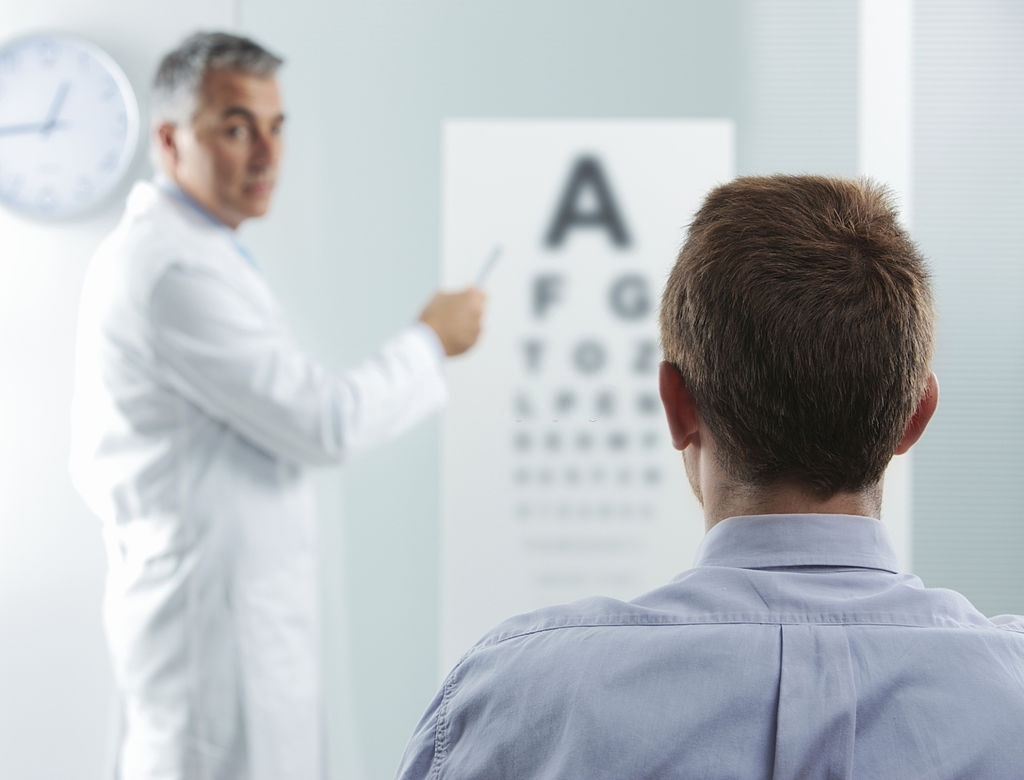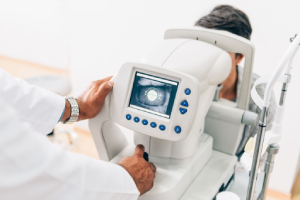Refractive Errors
Refractive Errors
1. Far-sightedness or hyperopia
The affected person will not be able to see clearly the objects that are far. The symptoms of far-sightedness are having a persistent headache, nearby objects looking blurred, problems in performing activities, such as reading, sewing, eye strain and squinting. It is time to see a doctor if the far-sightedness is affecting your ability to perform daily tasks.
Adults who are at high risk of eye diseases should get an eye exam done every one to two years, from the age of 40. Adults who don’t use glasses, are at a low risk of eye diseases and have no symptoms should get an initial eye exam done at the age of 40. After that, an eye exam should be done every 2-4 years between the ages 40 and 54, every 1-3 years between ages 55 and 64 and every 1-2 years from the age of 65 onwards.
Far-sightedness can be treated using eyeglasses, surgery or contact lenses.
2. Near-sightedness or myopia
The affected person will not be able to see clearly the closely located objects. The symptoms of near-sightedness are difficulty in seeing while driving, eye strain leading to a headache, blurry vision in case of objects that are located far away and requirement of squinting. It is time to see a doctor if your daily life is being hampered by near-sightedness.
Children should get their eyes tested regularly at the following intervals: age of 6 months and age of 6 years, before first standard and every two years during school. Adults should get an eye exam at every 5-10 years in 20s and 30s, every 2-4 years from ages 40-54, every 1-3 years from the ages 55-64 and every 1-2 years after the age of 65. Adults who are at high risk of developing an eye condition should get an eye exam every 1-2 years, beginning at the age of 40.
3. Astigmatism
The affected person will not be able to see clearly both near and far objects. Its symptoms include head tilting, squinting, headaches, eye strain, blurred vision, seeing multiple images, sensations of burning and itching in the eyes and a need to hold book close to read it.
4. Presbyopia
It is a progressive loss of near focusing ability of eye due to ageing. Its symptoms are squinting, blurred vision, difficulty in focusing nearby objects, difficulty in reading small print, need of brighter light for doing work, a need to hold material close to read, and occasional fatigue like state after doing close work.






